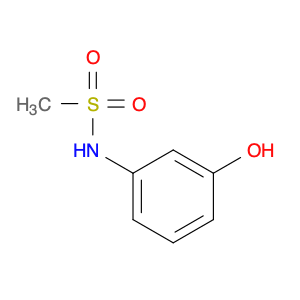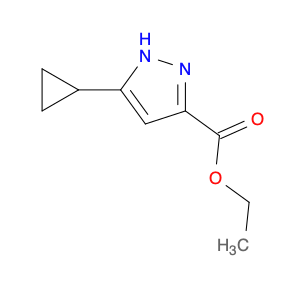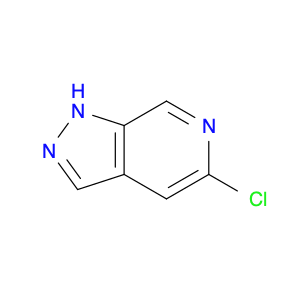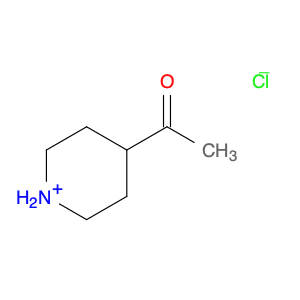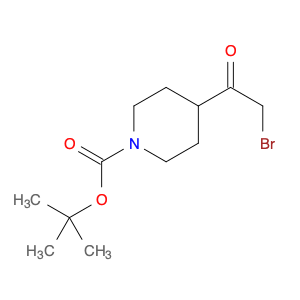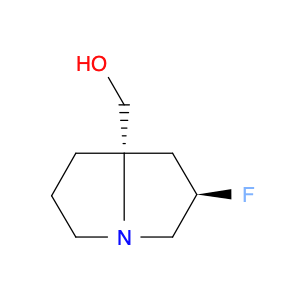N-(3-hydroxyphenyl)methanesulfonamide, chemically known as $name$, is a versatile compound commonly utilized in chemical synthesis as a key building block for the development of various pharmaceuticals and organic compounds. This compound plays a crucial role in the synthesis of potential drug candidates due to its ability to act as a nucleophile in various reactions, such as nucleophilic aromatic substitution and acylation.Moreover, $name$ is often employed as a protecting group in organic synthesis to selectively mask hydroxyl functionalities, facilitating specific reactions while preserving the desired structure of the molecule. Its strategic incorporation allows chemists to control the regioselectivity and stereochemistry of complex reactions, enabling the efficient synthesis of intricate molecular structures.Additionally, the presence of the sulfonamide group in $name$ imparts favorable physicochemical properties, enhancing the compound's solubility and stability in various reaction conditions. This feature makes it a valuable asset in the design and synthesis of novel chemical entities with improved bioavailability and pharmaceutical properties.In summary, the application of N-(3-hydroxyphenyl)methanesulfonamide in chemical synthesis spans across a wide range of organic reactions, enabling the streamlined development of biologically active compounds and sophisticated molecular architectures. Its versatile nature and strategic functionality make it an indispensable tool for chemists in the pursuit of innovative drug discovery and organic synthesis strategies.
 sales@aaronchem.com
sales@aaronchem.com
